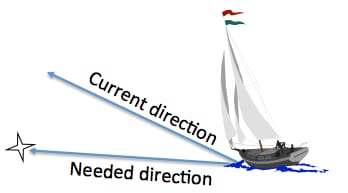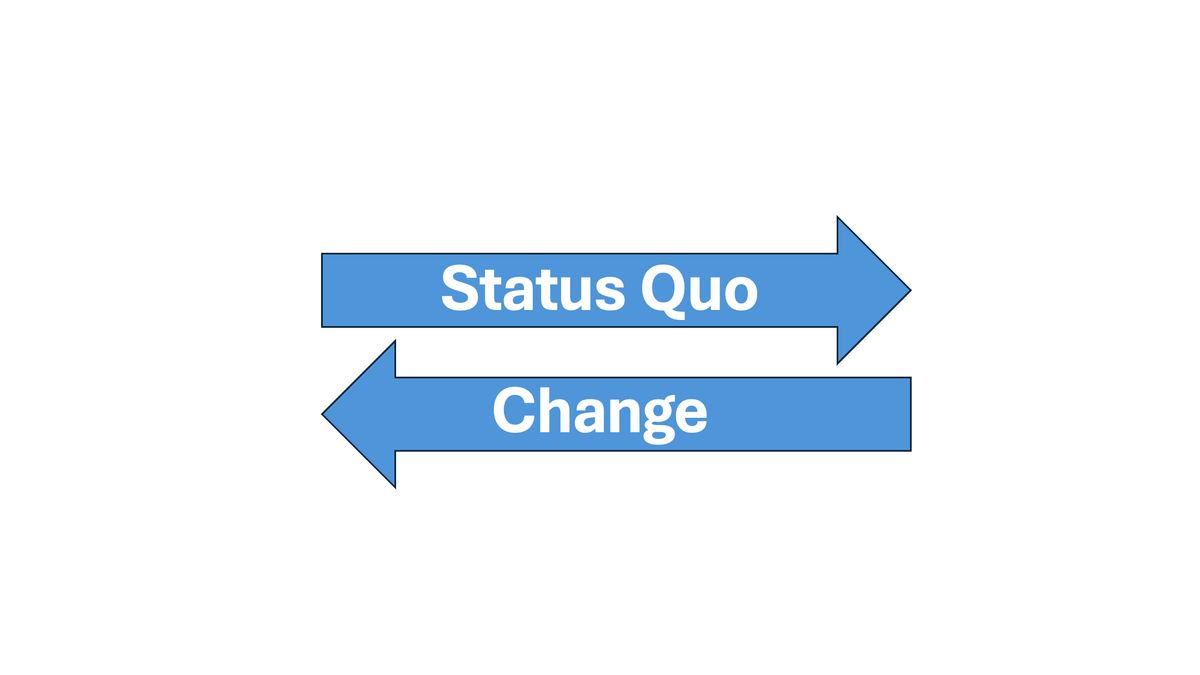
Introduction
Do you repeatedly have any of these challenges in your organization?
- Rework and mistakes consume your resources
- Customers complain about your products
- Deliveries are chronically late
- There are major surprises at the 11th hour
If your organization is not performing the way you want, why do you put up with it?
Is it because:
- you are unsure of what to do to fix the situation long-term?
- you are afraid of looking bad if the change doesn’t work out?
- you are trying to fix the problems yourself, but really have no time?
If you answered “Yes” to at least one of these questions, read on, you can do it!
You are unsure of what to do
All you need is to know that there are problems and be able to describe them. Then your job is to lead the organization to the goal, not necessarily come up with all the ideas of how to do this.
In fact, it is to your benefit to stay on the sideline so that your people come up with workable solutions they can live with. They just need you to lead them. So the great news is, you never have to admit that you don’t know what to do!
Steps you can take
- Enumerate the challenges you care about
- Set priorities; if you can only pick three things to fix in the next three months, what are they?
- Poll the organization to determine who:
- has an interest in working on one of the items
- might have solved it elsewhere before
- can stay on-task and not build the most complicated solution ever seen by mankind
If no one bites, look externally. Your problems can be fixed.
When you identify your small team, tell them the challenge and ask them for ideas to solve it. If the ideas look promising, give them the job.
You are afraid of looking bad if the change doesn’t work out
If you are nervous about a bunch of people changing your organization in a way that you don’t like, then add a few controls on the project to keep you in the loop. For example:
- Only give the team 2-4 weeks to come up with 2-3 solution options so they don’t go off the deep end
- Check in with them every week to see where they are — remind them of the goal and original challenge
- As a team, select one of the solutions, try it for 2-4 weeks on one project and monitor the result
If it succeeds, great, collect lessons learned and plan on the next deployment. If it fails, you have not lost much time or money. Collect lessons learned and try again, and again, and again. Leaders lead and they don’t give up.
Whatever happens, realize that you earn respect from your people because you acknowledged the problem, you were willing to take action, you were humble enough to admit that the first attempt did not work, and you were willing to support their next try. This is the hard work necessary to earn respect.
You are trying to fix the problems yourself, but really have no time
You will never have enough time to lead the organization, manage day-to-day events, and participate in fixing systemic problems. You do have time to set and explain the goals, delegate work, and check that progress is being made.
When you delegate and communicate, be very careful that you communicate something that people can get motivated about and that it addresses something they will personally see benefit in. Confirm understanding by having the team members repeat back to you what they think you said.
Summary
Assume that the challenges you face are solvable, and that the people in your organization can solve them with a little guidance. Don’t wait – you want to be on a different path so you end up in a new destination soon.


